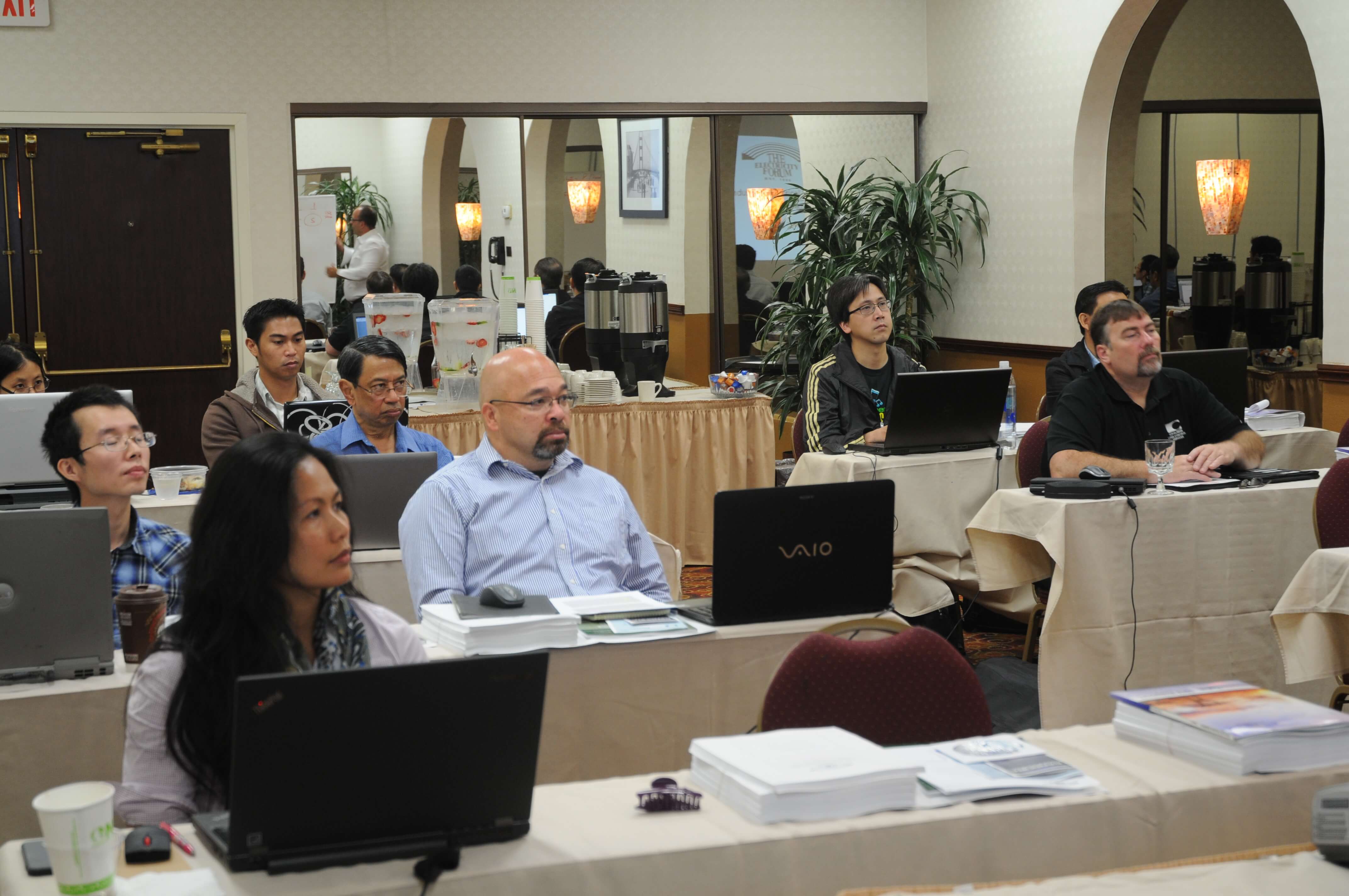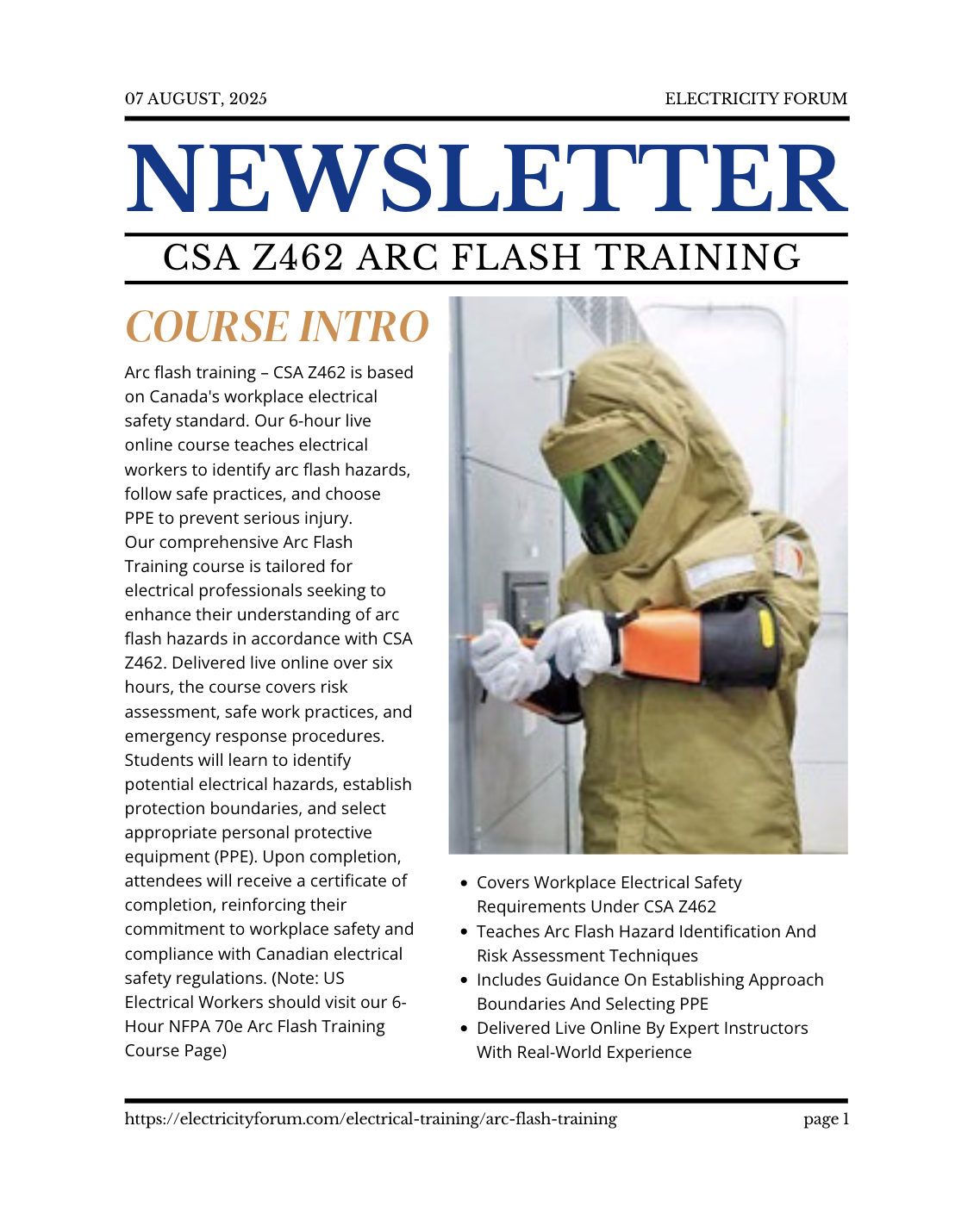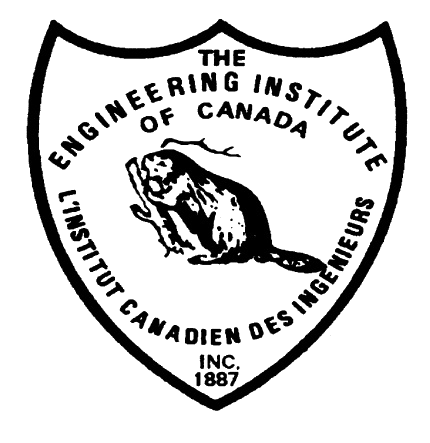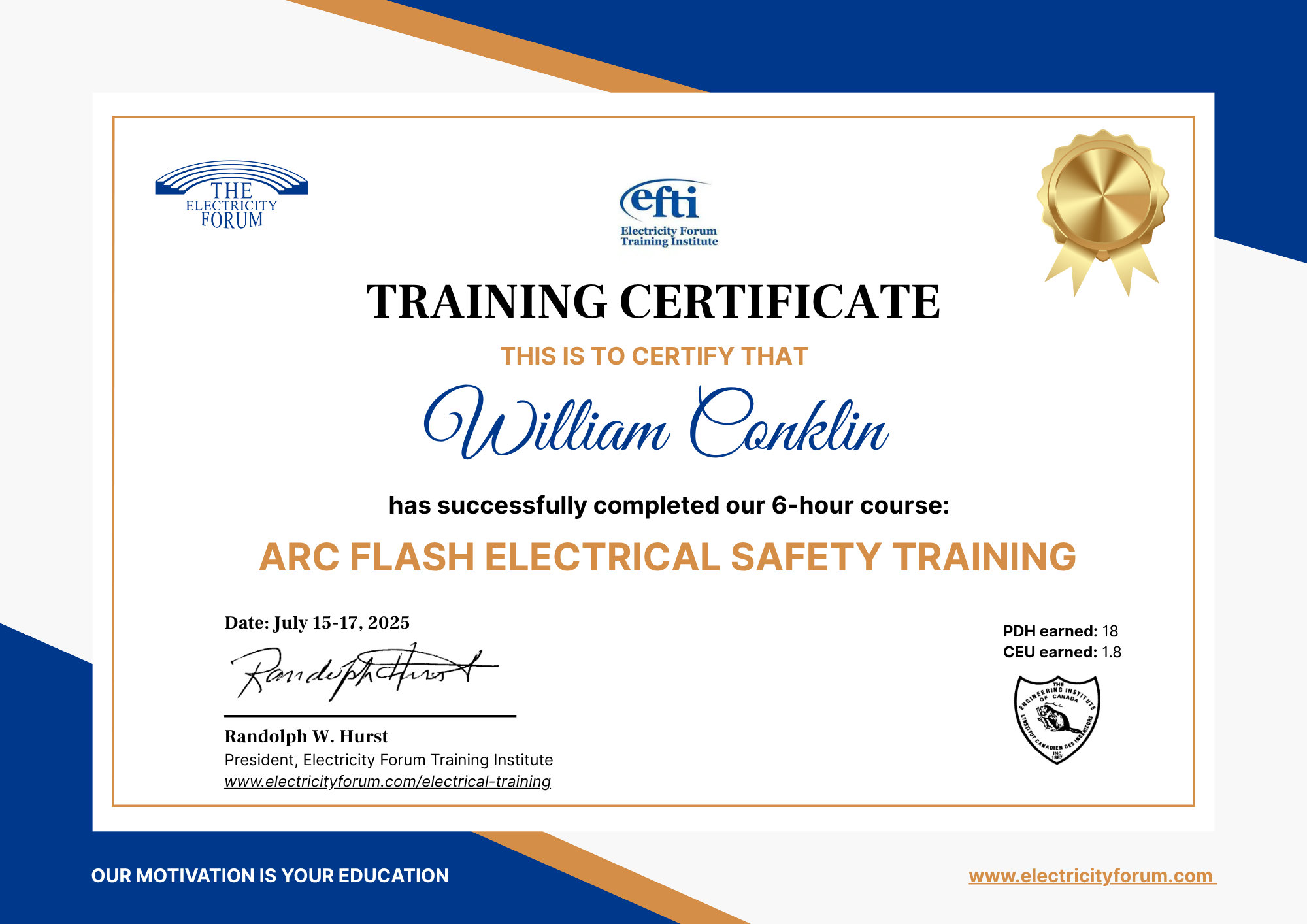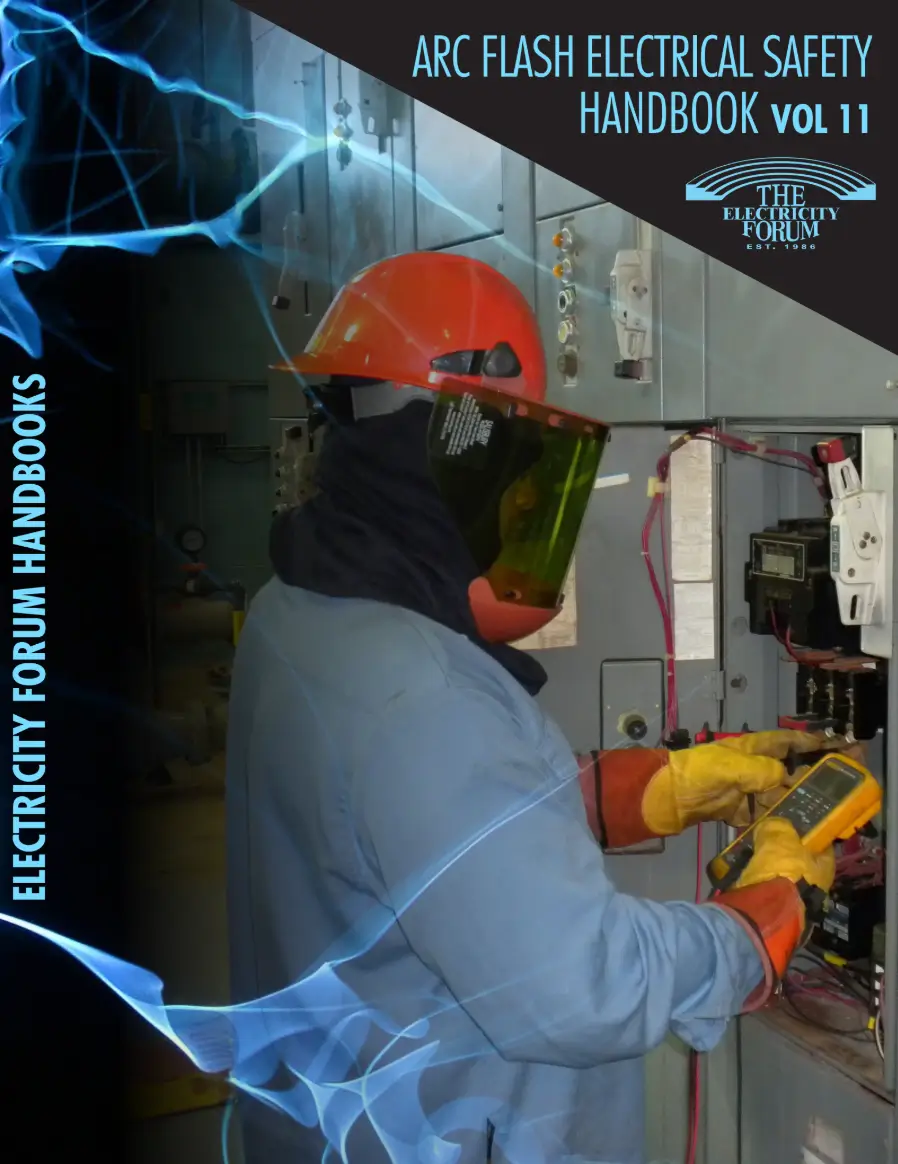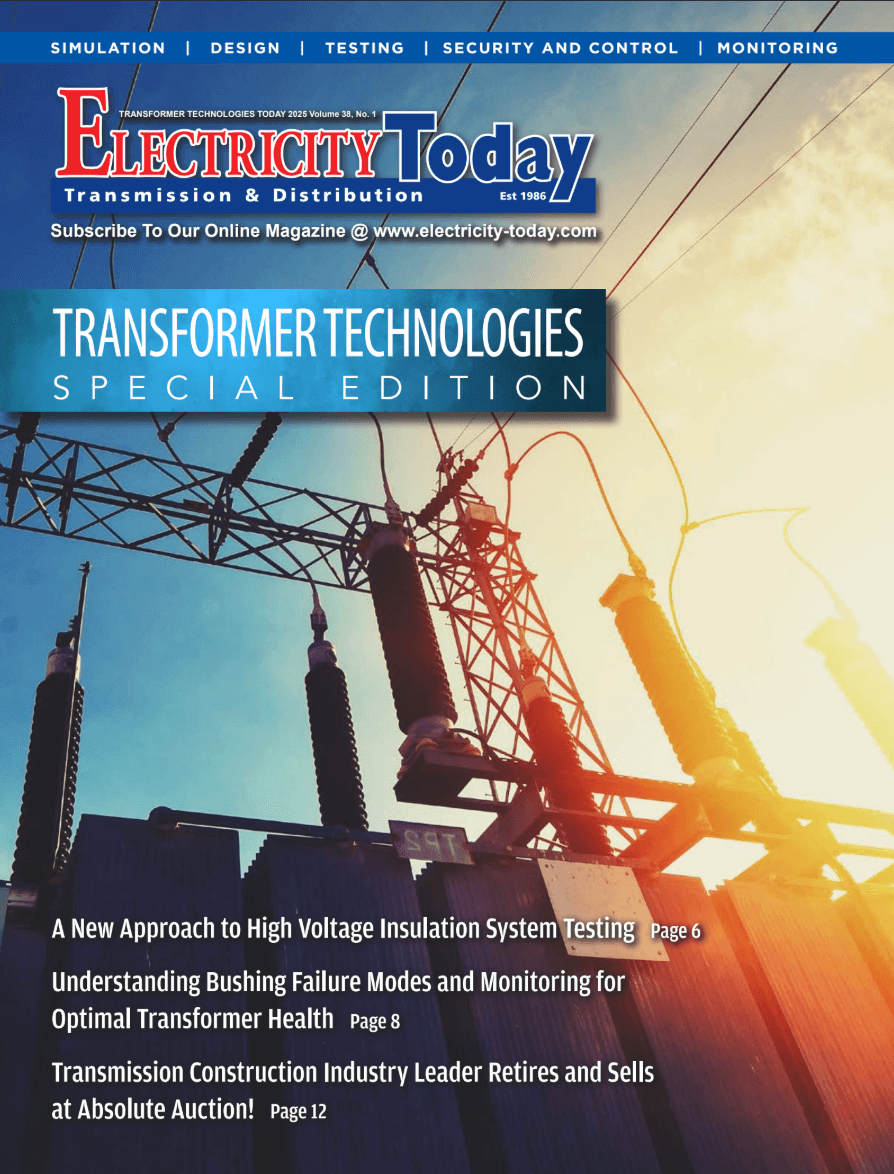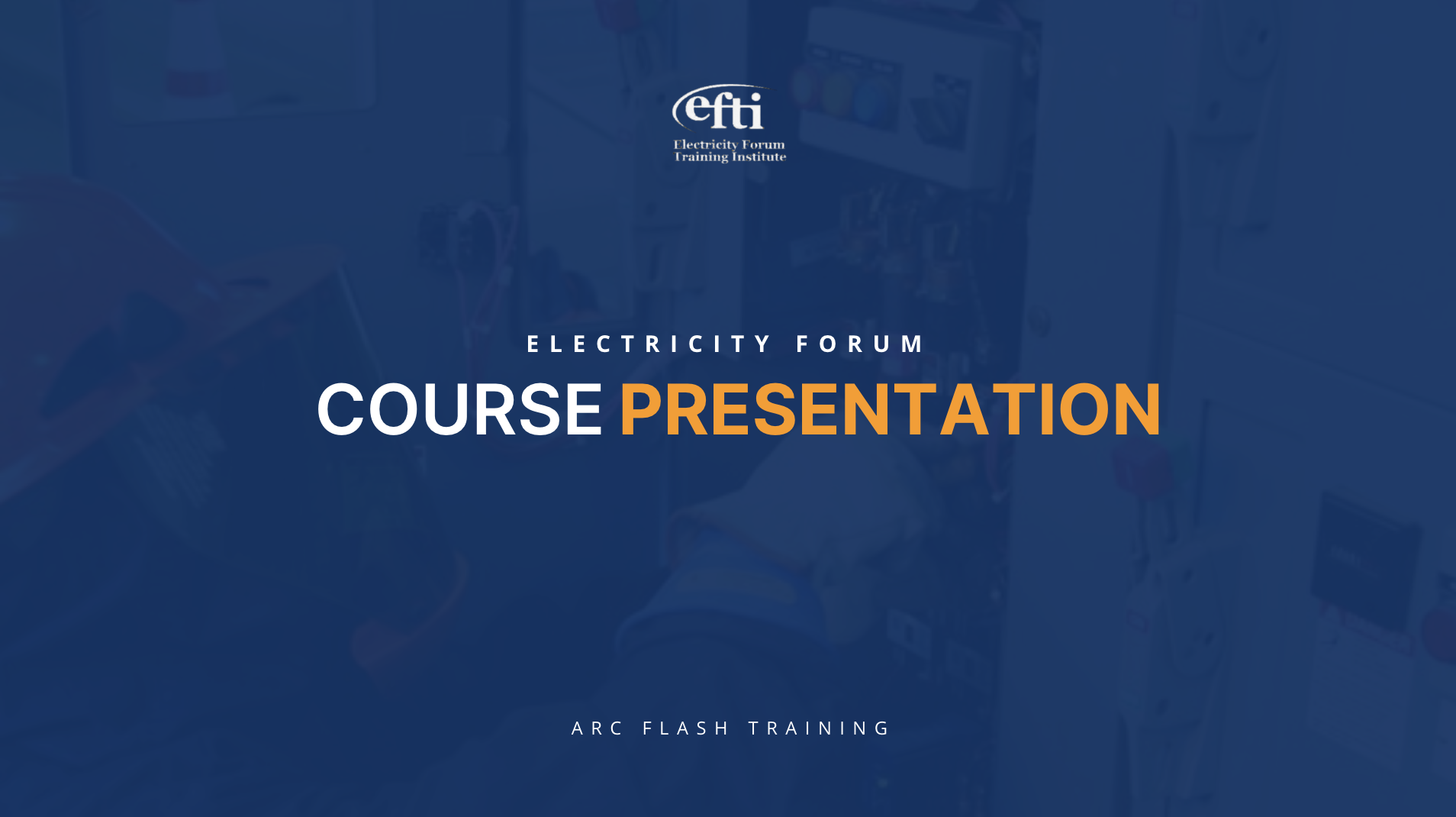Substation Design Course Outline
DAY ONE
Section 1: Basic Design Parameters – Single Line Diagram
Objective: Understand the key design considerations, including environmental and regulatory factors.
Single Line Diagram (SLD) Overview
- Introduction to SLD, its role in substation design, and interpreting SLDs for various configurations.
Design Influencing Factors
- Environmental considerations: Altitude, wind, ambient temperature, and seismic areas.
- Site-specific requirements and constraints.
- Impact of these factors on equipment choice and configuration.
Industry Standards and Practices
- Overview of domestic and international standards for substation design (e.g., IEEE, IEC).
- Understanding how these standards guide the safety, efficiency, and sustainability of substation designs.
Substation Configuration Variations
- Why subs are configured differently based on their function, environmental factors, and grid requirements.
- Case studies highlighting different configurations for similar functions.
Section 2: Power Transformers
Objective: Explore transformer types, applications, and their role in substations.
Overview of Transformer Types
- Step-up vs. Step-down Transformers and Their Specific Roles in Distribution Systems.
- Autotransformers and Their Application in Voltage Regulation.
Cooling Methods for Transformers
- Understanding ONAN, ONAF, OFAF, and OFWF cooling methods and how they impact transformer ratings and performance.
- The role of cooling in extending transformer life and ensuring operational efficiency.
Transformer Configurations and Components
- Discussion of transformer winding configurations: Delta-Wye, Wye-Wye, etc.
- Components: core, windings, tap changers, bushings, cooling fans, and radiators.
- General arrangement of a power transformer.
Section 3: Switchgear
Objective: Understand the function and types of switchgear used in subs.
Introduction to Switchgear
- Definition and purpose of switchgear in electrical engineering and substation design.
- Difference between Low Voltage (LV), Medium Voltage (MV), and High Voltage (HV) switchgear.
Types of Switchgear and Their Applications
- Overview of LV switchgear and typical industry applications.
- Explanation of components such as circuit breakers, fuses, isolators, and relays.
Safety Features
- Discussion of the critical safety features employed in switchgear, including arc flash protection, grounding, and interlocks.
Section 4: Lightning Protection Systems
Objective: Learn about lightning protection systems and their importance in substations.
Introduction to Lightning Protection
- Overview of how lightning strikes affect power systems and the role of protection systems in mitigating risk.
Components of a Lightning Protection System
- Components such as lightning rods, surge arresters, ground wires, and grounding systems.
- Design considerations to protect equipment from high-voltage surges caused by lightning.
Best Practices for Lightning Protection
- International standards and best practices for designing effective lightning protection systems.
DAY TWO
Section 5: Control System Components
Objective: Gain familiarity with control system components.
Standard Components and Applications
- Overview of critical components, including push buttons (PB), TNC control switches, selector switches, time delay relays, and indicating lamps.
- Discussion of terminal blocks and their role in wiring and control.
Applications and Functions
- How these control components are integrated into operations for safe and efficient performance.
- Real-world examples of control system setups.
Section 6: Substation AC/DC Auxiliary Power Systems
Objective: Understand the role of auxiliary power systems and how they are configured.
Introduction to AC/DC Aux Power Systems
- Overview of the auxiliary systems required for the proper functioning of a sub.
Classification of Loads
- Categorization of loads into vital, essential, and non-essential.
- How to prioritize and supply these loads based on their importance.
AC and DC Power Distribution
- Basics of AC and DC auxiliary power systems, including distribution methods and load management.
Auxiliary Transformer Sizing
- Practical case study on transformer sizing, considering factors like load requirements, system capacity, and redundancy.
Section 7: Substations and the Smart Grid
Objective: Learn about the role of subs in modern smart grid technology and challenges in connectivity.
Smart Grid Overview
- Definition of the smart grid and its significance in modern electrical utilities.
Integration of Substations into the Smart Grid
- How substations are connected to smart grids for enhanced monitoring, control, and performance.
- Role of digital subs and automated systems in supporting smart grids.
Challenges in Connectivity and Performance
- Key issues related to integrating subs with smart grids, including communication protocols, cybersecurity, and data management.
Solutions for Improved Performance
- Best practices for ensuring the reliability and efficiency of smart grid-connected subs.
COURSE TIMETABLE
Both days:
Start: 10:00 a.m. Eastern Time
Finish: 4:30 p.m. Eastern Time






